Date palm has become an important crop because of its fruit, and a slew of other secondary derivatives and its popularity has no sign of fading anytime soon. Every year around 10,000 people participate in the Liwa Date Festival. Approximately 40 million date palm trees worldwide are being cultivated for the production of their fruit. Cloning of the date palm trees providing a good yield of dates is an important boost to this developing scene.
Even though there are a number of ways to produce date palm from tissue cultures, the only secure methods involve laboratory techniques which can produce tens of thousands of identical plants required by the date growing company every year.
Here are five useful steps to be followed to produce a Tissue Cultured Date Palm:
- Step 1:
When the date palm grows offshoots of itself from the base of its trunk, the offshoots are harvested and replanted to create identical plants. This is a simple and straightforward method to follow for producing tissue cultured plants.
- Step 2:
When the small offshoots develop from the parent tree, they are cut off safely using the right procedure. Then the offshoot is planted in a dark environment in a nutrient rich medium. This enables it to recover and start growing as a new plant. During this delicate period, the plant’s conditions and environment must be adequately controlled and it must be given necessary components such as water.
- Step 3:
After monitoring for several months, the planted offshoot develops into a proper date palm and may be planted in a proper pot. It is now safe to grow in an open area. These potted plants are placed in high humidity areas such as in a greenhouse to grow faster. The high humidity lets the plant grow and develop properly.
- Step 4:
The Date Palm Tissue Culture is kept in the greenhouse for one and a half years. Then you must relocate the plants to another conservatory to protect the plant from damage or disease. Even if something untoward happens, the cost of replacement will be reasonable, so you will never want to worry about replacing diseased plants. Note that the greenhouse must be replaced at the right time to avoid significant issues.
- Step 5:
Finally, the plants are ready to be shipped by air so that the customer can collect the date palms and plant them in the final location in a safe manner. Date palms are packed in individual boxes, which are easily transported over long distances. Every box contains around 25 to 50 plants.
How is the Date Palm cloned by the help of Tissue Culture?
In the tissue culture procedure, it’s required to cut out small sections of the developing plant and planting them in a nutrient dense matrix before being placed in a dark area. The new shoot is generated, and it must be cut from the respective plant and planted separately.
After six months of growth, the little plants are put in pots and placed in a humid environment like a greenhouse where they stay for almost 8 to 12 months. Then it is finally packaged and distributed to the fields to be planted. It is vital to give the right nutrition support to grow in a much faster manner.
Once it is planted in the field, it takes around 3 to 5 years to produce the dates, and the date which is produced from this plant is of high quality at all times. This plant is free from pests and other common diseases. Therefore the procedure assures to provide real and healthy palms at the right season.
We at Hybrid Agri Pvt. ltd. aim to be the preferred choice for Tissue culture date palm plants in India by applying the most modern technologies and focusing our efforts to exponentially increase crop output per area.

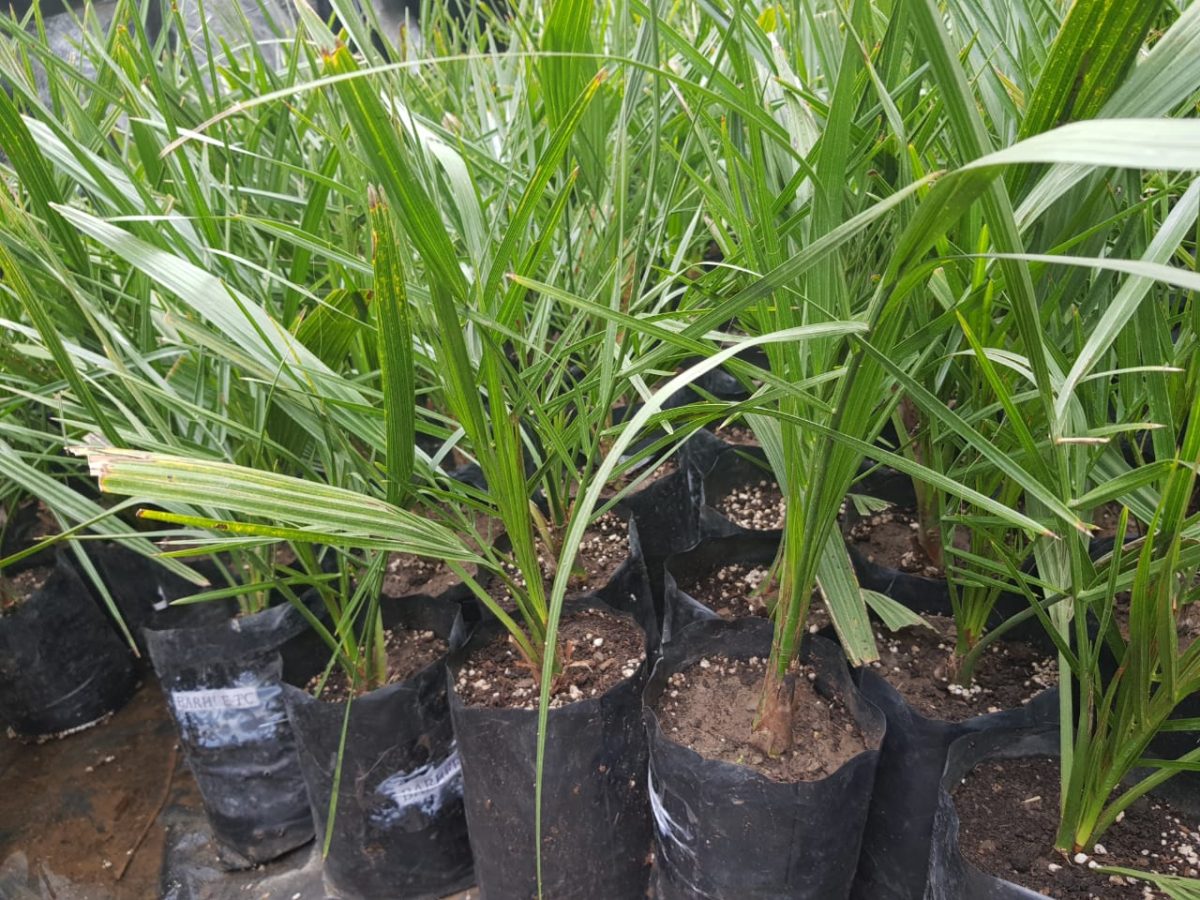
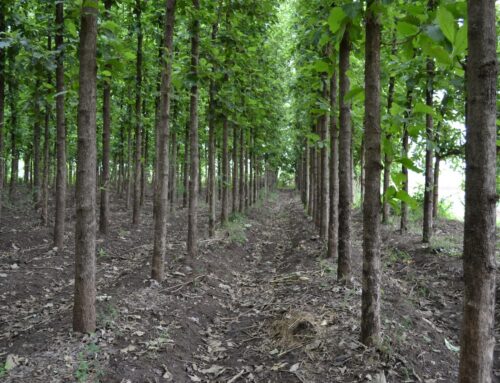
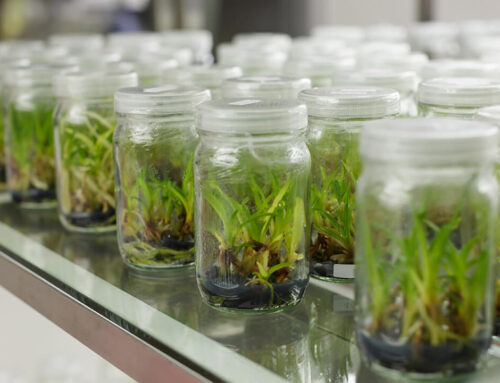

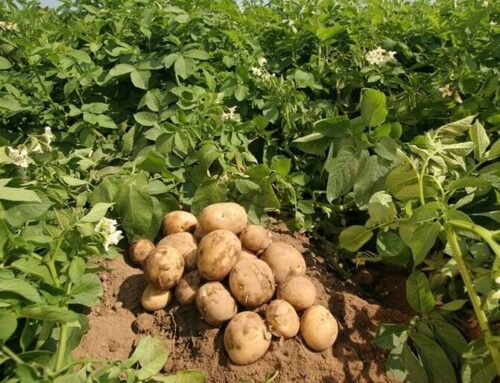
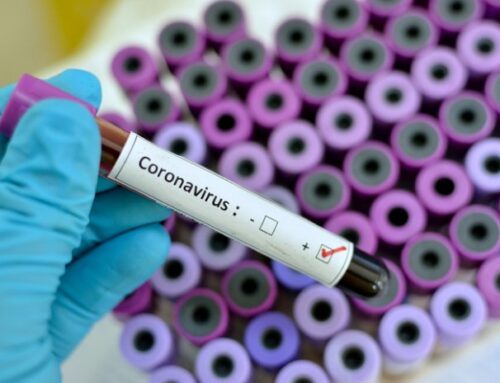
 WhatsApp us
WhatsApp us